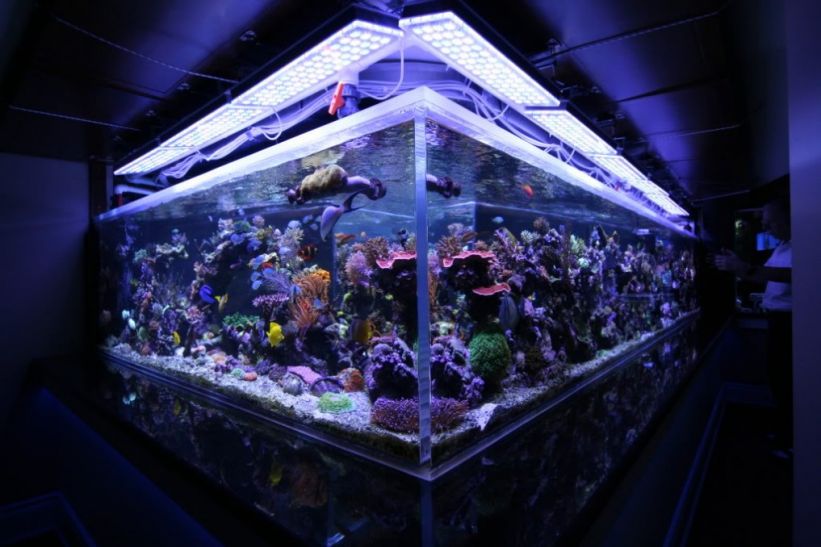When placing a Tridacnid clam into your aquarium, it’s important to know what substrate they will do best on. And even though you may not specifically remember which species of clam likes what, you can always look at the clam’s anatomy to draw some clues. The larger clam species tend to stay on sandy substrates, relying on their weight to keep them in place. Because of this, they rely less on their foot and byssal threads, resulting in a much narrower byssal opening that only narrows as it ages. Smaller clams, on the other hand, are usually found on hard rocky surfaces and rely heavily on their feet and byssal filaments. They often have a much wider byssal opening, which also helps them burrow into the rock structure for better security. If you must put a clam in the sand and it’s one that prefers hard surfaces, bury a flat piece of live rock underneath it to make it feel at home.
Tip of the Day – 7/3/2012
0
Share.





